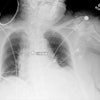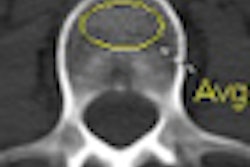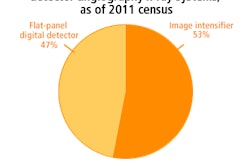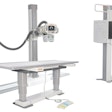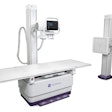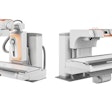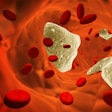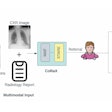A drug poised for widespread use that prevents breast cancer in postmenopausal women at high risk of the disease appears to significantly worsen age-related bone loss, according to an article published online in Lancet Oncology.
Exemestane is a steroidal aromatase inhibitor used to treat estrogen-receptor-positive breast cancer in addition to surgery and/or radiation therapy in postmenopausal women. According to a study conducted by researchers at the University Health Network in Toronto, the drug exacerbates age-related decline in bone mineral density by approximately a factor of three, even with adequate calcium and vitamin D intake.
Dr. Angela Cheung and colleagues conducted a bone mineral and bone structure substudy of postmenopausal women who had been included in the Mammary Prevention 3 trial to quantify the effect of exemestane on bone mineral density (BMD) and structure (Lancet Oncology, February 7, 2012).
The Mammary Prevention 3 trial included 4,500 healthy postmenopausal women who were at high risk for developing breast cancer; it found that exemestane reduced the risk of developing breast cancer by 65% compared with a placebo.
From this original cohort, Cheung's team included 351 women without osteoporosis. Of these, 176 were given exemestane and 175 were given placebo. The group measured bone mineral density using conventional dual-energy x-ray absorptiometry (DEXA), as well as high-resolution peripheral quantitative CT.
After two years of treatment, women given exemestane had a significant loss of bone mineral density at the distal radius (a common site for fractures related to osteoporosis) and distal tibia compared to the start of the study, according to Cheung and colleagues. Additionally, in the exemestane group, cortical bone thickness and area decreased by almost 8%, compared with a 1% decline in the placebo group.
"This finding is important because [80% of] fractures in old age are the result of greater loss of cortical rather than trabecular bone and account for most disability," Cheung and colleagues wrote.
The fact that exemestane affects the loss of cortical bone compared with trabecular bone is important, according to Dr. Jane Cauley of the University of Pittsburgh, who wrote a comment accompanying the study.
"This finding is important because 80% of our bone mass is cortical and 80% of all fractures occur in nonvertebral sites that are mainly cortical, and these fractures account for most of the disability and costs due to fracture," Cauley wrote. "Most bone loss occurs after 65 years of age, within the cortical component. Thus, if aromatase inhibitors increase cortical porosity, this effect could be a key cause of loss of bone strength and nonvertebral fractures associated with their use."



